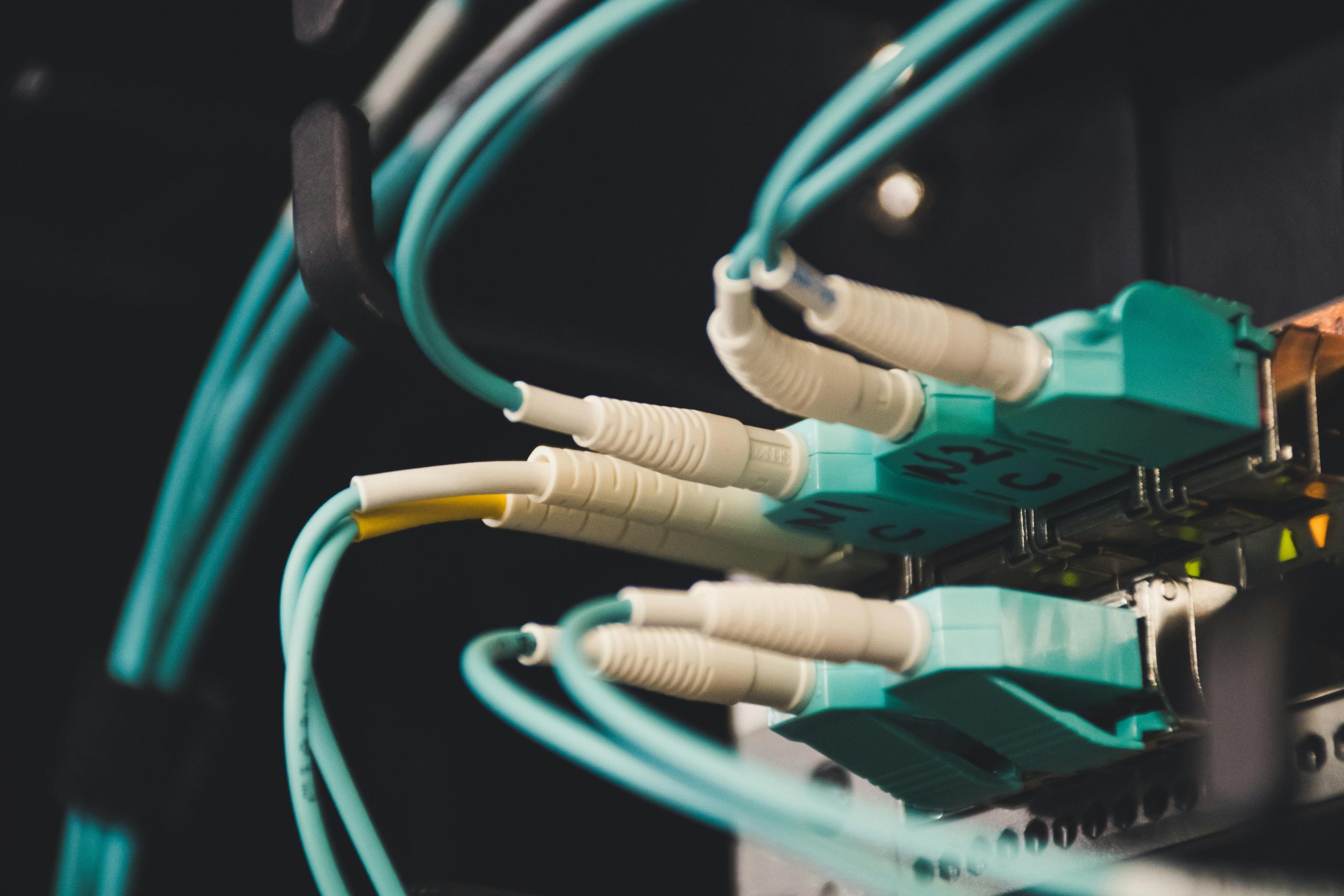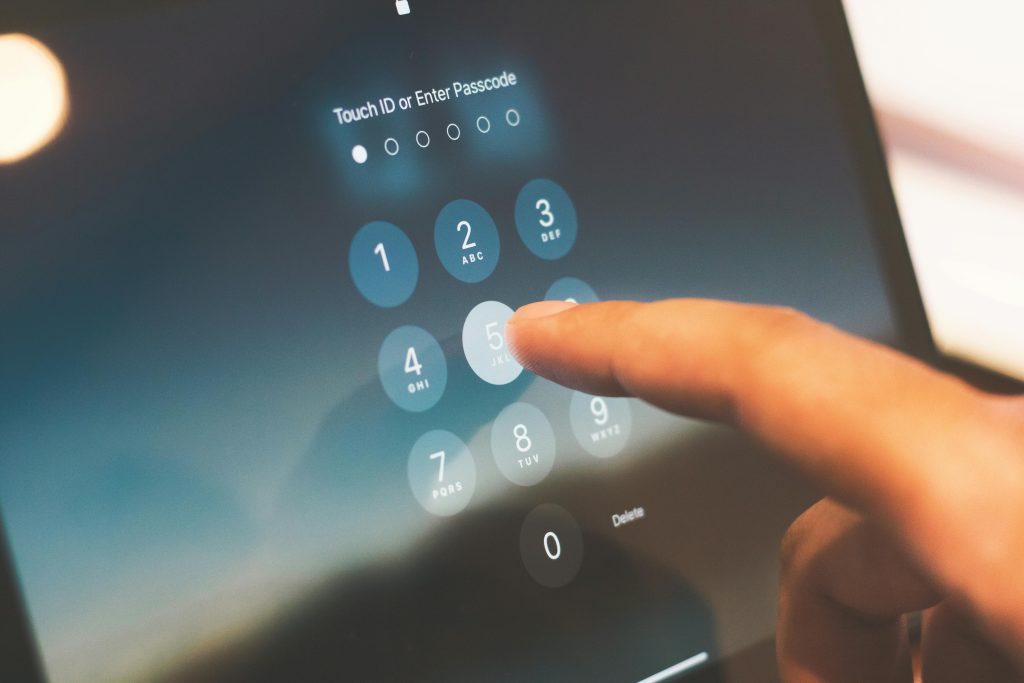Troubleshooting Network Connectivity Issues on a New Windows 11 Build: A Guide for PC Builders
Building a new PC can be an exciting experience, but it sometimes comes with unexpected challenges—such as network connectivity problems. If you’ve assembled a new system and find that your internet and LAN connections are not functioning, don’t worry. This comprehensive guide will help you diagnose and resolve common network issues on a newly built Windows 11 machine.
Understanding the Scenario
In this case, the user has assembled a new PC with the following specifications:
- Motherboard: Gigabyte B850M Gaming X Wifi6E
- CPU: AMD Ryzen 9 9900X3D
- Operating System: Windows 11 (initially without drivers installed)
The main problem reported is an inability to connect to the internet or LAN, despite attempts to resolve it through driver installation and special startup modes.
Step 1: Verify Hardware Connections
Before digging into software solutions, ensure the physical connections are secure:
- Ethernet Cable: Confirm that the Ethernet cable is properly plugged into the motherboard’s LAN port and the router or switch.
- BIOS Settings: Enter the BIOS/UEFI and verify that integrated LAN functionality is enabled.
- Wireless Connectivity: If relying on Wi-Fi, ensure the Wi-Fi module or chip is enabled and configured correctly.
Step 2: Install Appropriate Drivers
Most network issues on new builds stem from missing or incorrect drivers.
- Download Drivers from Manufacturer’s Website: Use another device with internet access to visit Gigabyte’s support page for the B850M Gaming X Wifi6E motherboard.
- Obtain Ethernet Drivers: Find the LAN driver specific to your motherboard model and download it onto a USB flash drive.
- Install Drivers on Windows 11 System: Transfer the driver files and run the installer from your new PC to enable LAN functionality.
Note: Since the system initially has no drivers installed, Windows may not recognize the network hardware at all. Proper driver installation is critical.
Step 3: Use Windows Network Troubleshooting Tools
After driver installation:
- Open Settings > Network & Internet.
- Run the Network Troubleshooter to identify issues automatically.
- Reset network settings if necessary.
Step 4: Manually Add Network Adapters
If the device does not appear:
- Open Device Manager.
- Check under “Network Adapters” for any unknown devices or devices with a yellow warning symbol.
- Right-click and select “Update Driver” > “Browse my computer for drivers,” pointing to
Share this content:



